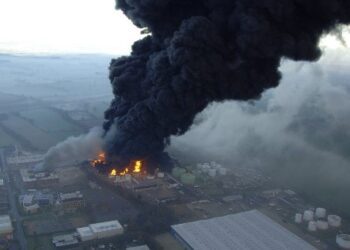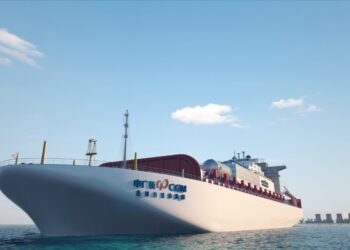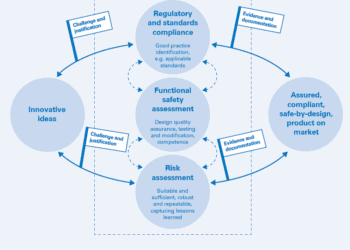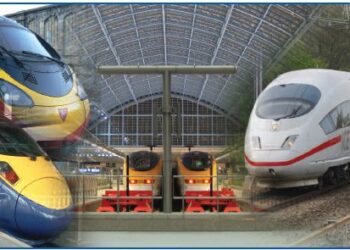The brownfield revolution: the challenge of securing sites for future wind power
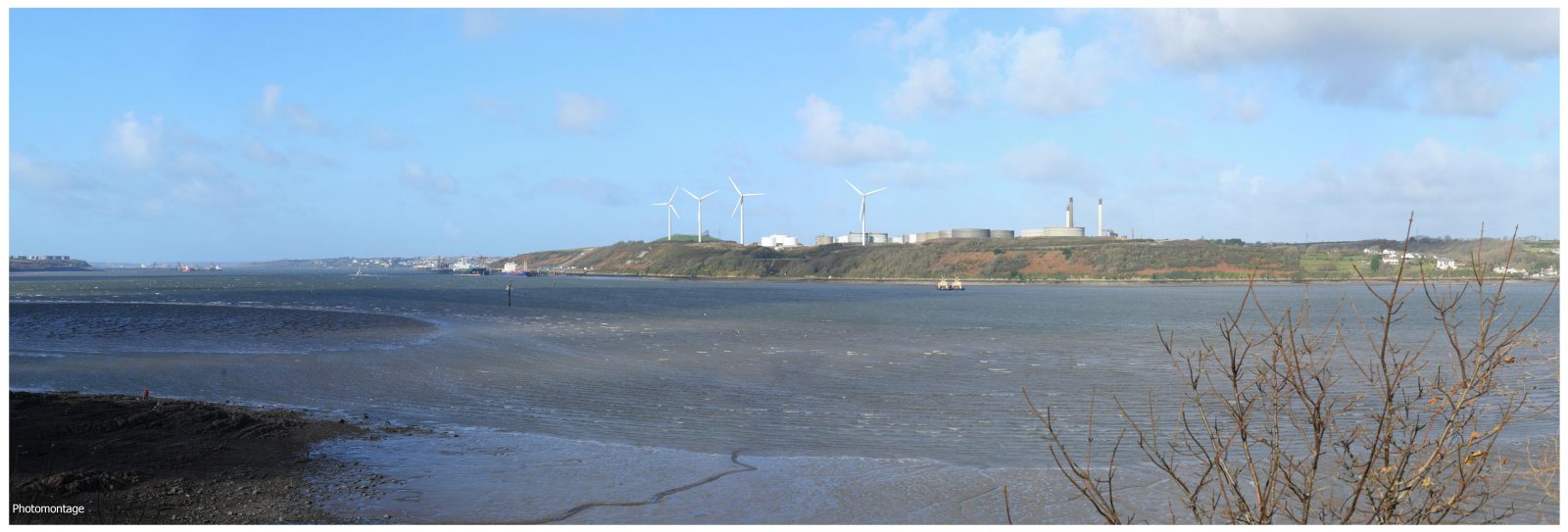
Image courtesy of Infinergy Ltd
GREENFIELD
In 2007 the UK Government agreed to an overall European Union target of generating 20% of EU’s energy supply from renewable sources by 2020. As industry tries to turn this promise into power, it’s finding that one of the most substantial obstacles to the proliferation of wind power in the UK is obtaining land for which planning consent is likely to be granted to erect wind turbines. To date, the majority of developments have been in remote rural locations designated as ‘greenfield’ sites, chosen for their wind characteristics and potential generating capacity. Future developments will find this approach increasingly difficult due to land unavailability, planning constraints, environmental concerns, and a growing public dislike of rural wind farms, coupled with a requirement for expensive supporting infrastructure and relatively high transmission losses incurred transporting electricity over long distances. One solution to the problem of sourcing land is the regeneration of ‘brownfield’ sites.
THE BROWNFIELD ADVANTAGE
Brownfield sites can meet the same basic requirements for wind farm development, but bring a number of advantages over traditional greenfield locations. The availability of brownfield land in the UK is estimated at over 70,000 hectares spread throughout both rural and urban locations [Refs 1 to 3]. In addition to wide availability, brownfield sites incur preferential planning status – within Wales, for example, developments up to 25MW on a brownfield site are actively encouraged [Ref 4]. In other areas of the UK the advice to local planning authorities is to consider brownfield sites prior to any greenfield locations. By considering brownfield sites the reduced restrictions on site location afforded to developers is a substantial boon given the national trend towards limiting development to pre-defined strategic areas. Brownfield sites can also deliver a multitude of other advantages over remote greenfield sites, most notably a saving on development costs relating to supporting infrastructure. Brownfield sites typically already offer good road access facilitating site preparation, delivery of materials and components during construction, and subsequent operation and maintenance during the life of the installation. Connectivity to the National Grid may also be good, especially if the brownfield site was formerly used for heavy industry or is situated near to other large facilities. Moreover, transmission losses can be almost eliminated if the generated capacity can be utilised by incumbent land owners or adjacent site occupants. Finally, for sites with existing industrial skylines, objections on the grounds of visual impact are considerably weaker than for rural greenfield sites.
THE HIDDEN CHALLENGE
One challenge facing the development of brownfield sites over greenfield locations is the potential risk a wind farm could pose to existing adjacent facilities. Where a wind farm is situated close to hazardous industries, care must be taken to design the installation so that the risks posed are as low as is reasonably practicable. While the risk management process should clearly identify and assess relevant hazards, including their mitigation and the resulting risk to adjacent assets, people and the environment, one of the complications is that the approach taken needs to produce results in a form that is easily comparable to any existing site safety cases. Typically, the major operational hazard to adjacent sites is that of turbine tower collapse and blade throw. Whilst the frequency of these hazards is very low, involvement of interested stakeholders in the design of the site layout and the analysis and mitigation of potential risk to adjacent facilities is paramount to obtaining the support of adjacent site operators, local planning authorities and the local community.
BROWN IS THE NEW GREEN
The availability of brownfield land and its preferred planning status make it an attractive alternative to greenfield sites for the wind power industry. The advantages are manifest, but there are pitfalls for the inexperienced developer. Clear understanding of the site conditions, adjacent industry hazards and management of the attendant risk are key to successful development. Given the growing disadvantages of greenfield development, not least the rising public dissent concerning rural wind farms, the Brownfield Revolution might be just what the wind power industry is looking for. And who knows, the UK might just meet its 2020 renewables target after all.
References
1. Results from the National Land Use Database of Previously-Developed Land August 2008.
2. Scottish Vacant and Derelict Land Survey 2007, PLG/2008/1 Published January 2008.
3. A Statistical Focus on Wales, Chapter seven: Land, agriculture, and environment, 1999.
4. Planning Policy Wales Technical Advice Note 8: Planning for Renewable Energy Section 2.11 July 2005.
This article first appeared in RISKworld Issue 16.



